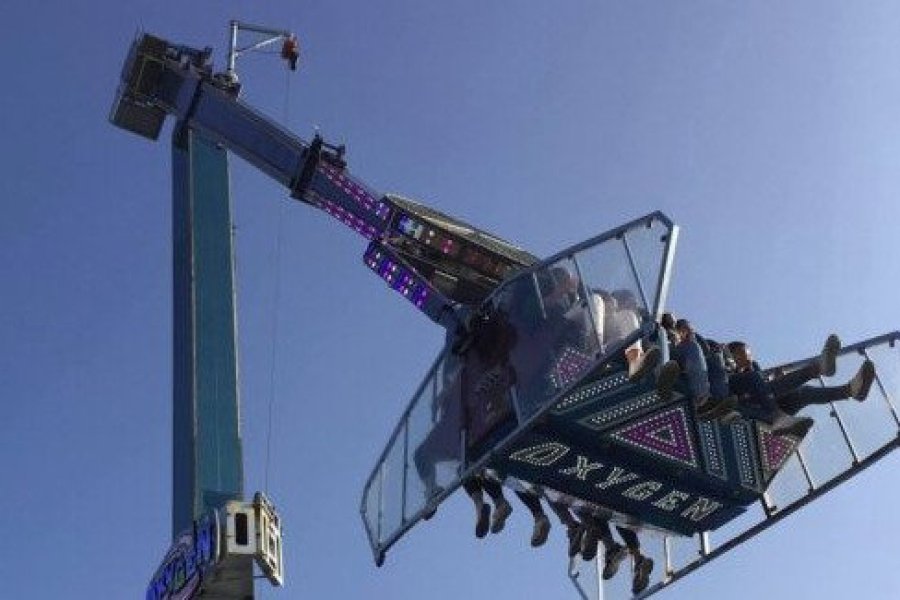Tulle, a town steeped in history, is the capital of the Corrèze department. Its inhabitants, known as the Tullistes or Tullois, number around 15,500 people. The town, which built its fame on the development of its industry and crafts, has become the capital of lace, arms and accordion. The city is situated in a deep part of the river Corrèze, hence the stretching of its streets on a narrow but several kilometres long strip, from the campsite to beyond the Champ des Martyrs, in the direction of Brive. Located on the overhang of the river, not far from the Paris-Toulouse and Lyon-Bordeaux roads and railways, it is situated, without great inconvenience, at the crossroads of the main communication routes of the country. The origin of Tulle would go back to the Roman occupation, then it was the English who besieged the city on several occasions. During the Hundred Years' War, they took the city in 1346 while the Black Death was raging, causing a considerable number of deaths. The procession of the Tour de la Lunade (procession under the moon), which still takes place every day before St. John's, dates from this period. The city fell again in 1369, then the English were finally expelled by the local militia. At the beginning of the 17th century, a factory for forging rifle barrels was set up on the Céronne, a small tributary of the Corrèze. It very quickly took off remarkably quickly. Thus, the Manufacture d'armes was established in Tulle and, in 1777, it became the Royal Manufacture, reaching its peak in the 19th century with more than 3,000 workers at its service. In the 19th century and until the middle of the 20th century, a number of industries developed and the town began major urban planning works. Construction of the quays, development of the banks of the Corrèze, construction of the Hôtel de Préfecture, the Hôtel des Postes, a new courthouse, the railway station, railway lines and schools. This period of work was completed in 1914, when the First World War broke out. The Manufacture d'Armes was then, as one can imagine, undergoing a very important development. Tulle is still mourning the Second World War, its share of human tragedies and particularly the month of June 1944. On 9 June 1944, the SS of the Das Reich division entered Tulle, which had been liberated the day before, and hung 99 people from the balconies of the town. A commemorative ceremony is celebrated every June 9 on the site known as the Field of Martyrs. And this phallus erectus, in the centre of the town, this skyscraper on the river bank, pointed towards the stars like a rocket... is the tower of the Administrative City which was built on the foundations of the barracks of the Champ de Mars in 1975 on a height of 86 metres. Its aesthetics are still talked about, but the clever man is concerned that it would be missed by all if it disappeared. Heritage, history and culture, the Tullists will confide it to you, it is good to live in Tulle.














